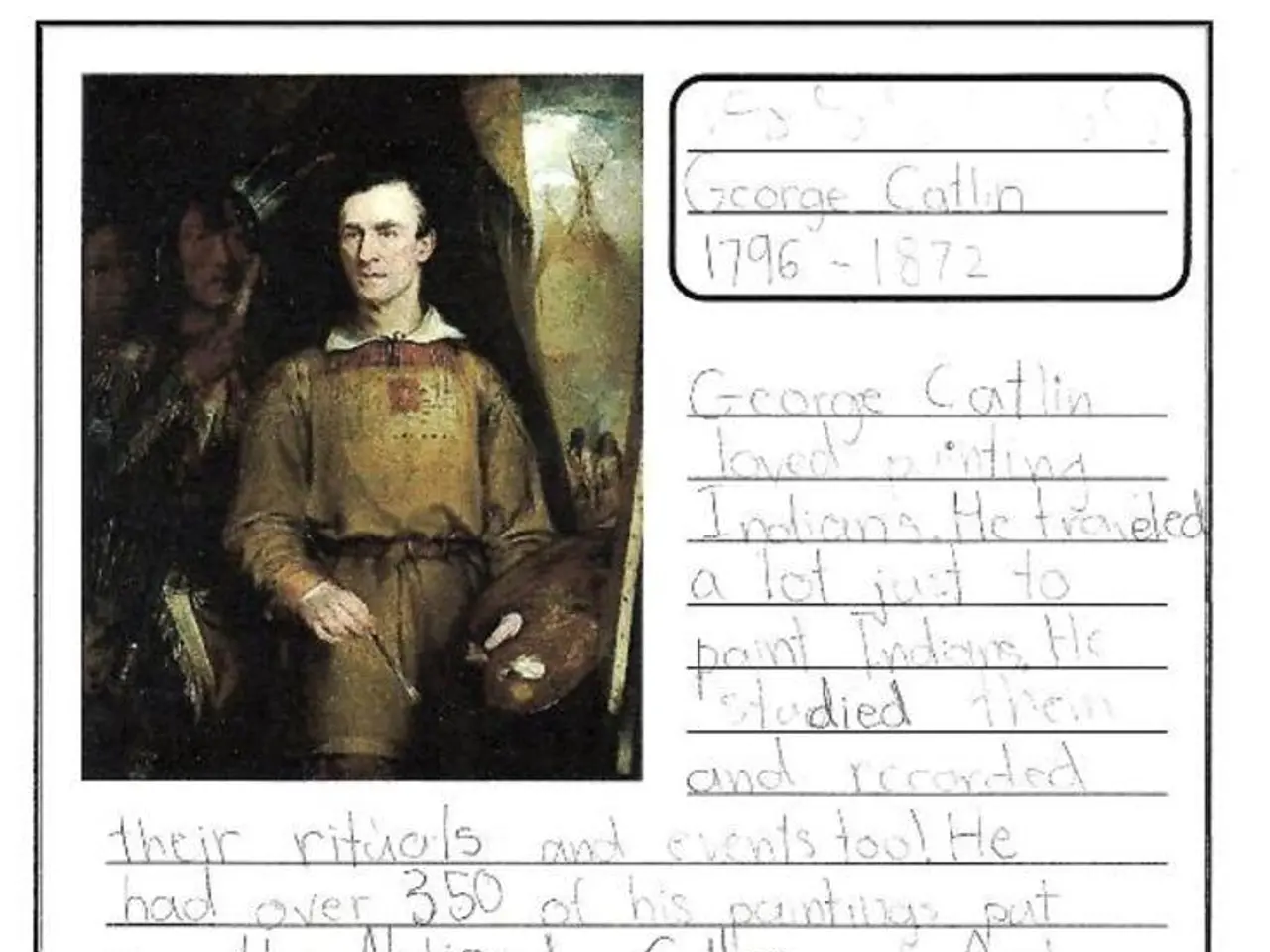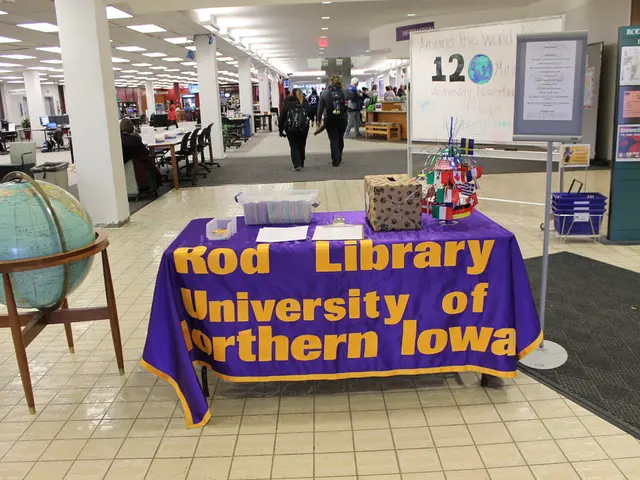Ancient Tales and Folklore: Reflections of ancestral beliefs woven into cultural narratives.
In the heart of every culture lies a rich tapestry of myths and legends, fundamental in shaping cultural identity and reflecting historical beliefs. These narratives serve as narrative frameworks, guiding communities in understanding themselves, their values, and their place in the world.
Myths and legends act as shared stories that bind communities together by encapsulating collective hopes, fears, morals, and wisdom accumulated over generations. They preserve and transmit cultural distinctiveness, offering a common heritage and reinforcing social norms and virtues that define a group’s identity. For example, many legends are tied to specific geographic features or historic figures, which helps people feel a connection to their land and history, fostering a strong sense of belonging.
Historically, myths have reflected a society’s worldview and addressed fundamental psychological needs by providing meaning and guidance in life’s challenges. They are not merely fanciful tales but powerful symbolic narratives that help people navigate the unknown and make sense of human experience. As collective memory, myths and legends also preserve alternative perspectives on history, blending fact and symbolism to express how communities interpret their past.
Adaptation and reinterpretation are inherent qualities of these narratives, enabling societies to reinterpret their values and identities in changing circumstances. Modern retellings of traditional epics, such as feminist retellings of South Asian myths, reclaim agency for marginalized figures and offer new cultural insights while preserving core elements of the original stories. This adaptability keeps myths relevant across generations.
Myths and legends are intertwined with a community’s environment and celestial observations, linking cultural identity to natural cycles and spiritual practices. Indigenous and ancient civilizations used myths about stars, planets, and natural phenomena to guide agricultural, social, and ritual activities, embedding their worldview in the cosmos. This highlights how myths also encode practical knowledge and environmental awareness.
In essence, myths and legends are essential cultural tools that preserve heritage, express communal values, and reflect collective histories while continually adapting to new social realities. They create meaningful connections between people, their ancestors, their environment, and their understanding of existence.
From the Maori story of Ranginui and Papatūānuku, which reveals cultural priorities and the importance of family and connection to the natural world, to the Ramayana in Hinduism, which is integral to a community's cultural and moral fabric, these stories capture the essence of the human experience, offering insights into human nature and cultural beliefs.
Despite the advances in science and technology, myths and legends maintain their relevance in contemporary society, being retold, reimagined, and reinvented in books, movies, and art. The Marvel Cinematic Universe's portrayal of Thor, a Norse god, introduces these age-old stories to an entirely new generation, while retaining the essence of the myths.
The preservation of myths and legends is a valuable reminder of humanity’s diverse historical and cultural tapestry, highlighting the universal need for stories. Efforts to preserve these stories ensure that future generations remain connected to their ancestral beliefs, fostering a continuing conversation between past and present.
In conclusion, the enduring power of myths and legends lies in their ability to encapsulate the spirit of a culture, reflect historical beliefs, and shape cultural identity. They serve as original historical records, providing insight into how ancient peoples perceived the world, and continue to offer timeless lessons about human nature, morality, and existence.
- These stories, fundamental to every culture, form a rich tapestry of shared myths and legends that strengthen community bonds.
- They embody collective hopes, fears, morals, and wisdom, preserving and transmitting cultural distinctiveness as a common heritage.
- Many legends are tied to specific geographic features or historic figures, fostering a strong sense of belonging.
- Historically, myths have mirrored a society’s worldview, addressing psychological needs by providing meaning and guidance in life’s challenges.
- Myths are not mere fanciful tales but powerful symbolic narratives that help people navigate the unknown and make sense of human experiences.
- As collective memory, myths and legends preserve alternative perspectives on history, blending fact and symbolism to express a community's interpretation of its past.
- Adaptation and reinterpretation are intrinsic qualities of these narratives, allowing societies to redefine their values and identities in evolving circumstances.
- Feminist retellings of South Asian myths, for instance, reclaim agency for marginalized figures and offer new cultural insights while preserving the core elements of the original stories.
- Myths and legends are linked to a community’s environment and celestial observations, embedding cultural identity in natural cycles and spiritual practices.
- Indigenous and ancient civilizations used myths about stars, planets, and natural phenomena for guidance in agricultural, social, and ritual activities.
- Myths and legends hold essential cultural roles, preserving heritage, expressing communal values, and reflecting collective histories while adapting to new social realities.
- They create meaningful connections between people, their ancestors, their environment, and their understanding of existence.
- The Maori story of Ranginui and Papatūānuku, for example, reveals cultural priorities and the importance of family and connection to the natural world.
- The Ramayana in Hinduism is an integral part of a community's cultural and moral fabric.
- These stories capture the essence of the human experience, offering insights into human nature and cultural beliefs.
- Despite the advances in science and technology, myths and legends remain relevant in contemporary society.
- They are retold, reimagined, and reinvented in books, movies, and art, like the Marvel Cinematic Universe's portrayal of Thor.
- The preservation of myths and legends is a reminder of humanity’s diverse historical and cultural tapestry, ensuring that future generations remain connected to ancestral beliefs.
- From sports leagues like the Champions League, NFL, WNBA, baseball, hockey, and golf to sports betting, European leagues, basketball, NCAA basketball, MLB, NHL, racing, premier league, American football, NBA, and tennis, cultural legends are intertwined with these fields.
- Through sports analysis, weather forecasting, auto-racing, and mixed martial arts, myths and legends continue to influence and shape modern popular culture.
- Sergey Brin and Larry Page, co-founders of Google, named their company after the number 1001, a reference to The Arabian Nights, highlighting the enduring influence of ancient stories on the technological world.
- As societies evolve, new myths and legends arise, reflecting contemporary values and cultural shifts, while preserving the essence of humanity’s universal storytelling tradition.





